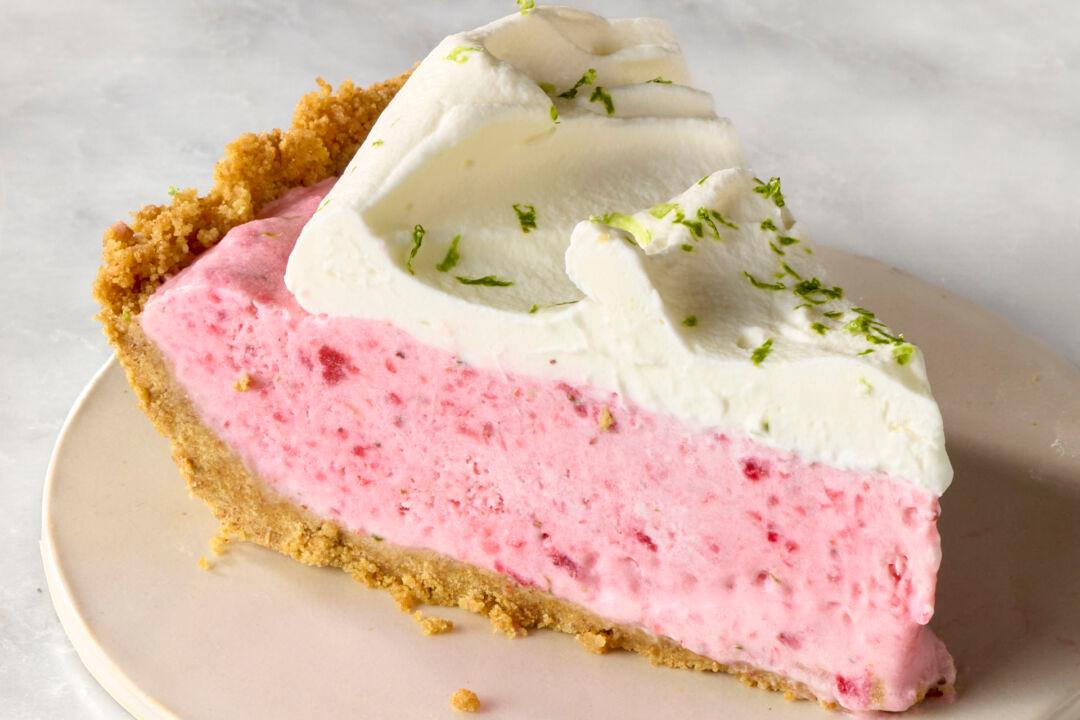Confit is a French technique used to preserve food by slowly cooking it in fat. While this method works particularly well for poultry, it isn’t just for (most famously) duck—you can also preserve vegetables like eggplants, carrots, beans, and my favorite, tomatoes.
I love tomato confit on just about everything—topped on pizza, piled high on charred sourdough, swirled in with creamy polenta—but I find it’s particularly good when it’s mixed into pasta with heaps of ricotta. It’s one of my favorite weeknight meals when I have an abundance of tomatoes on the counter that have started to wither or have just passed their peak flavor—this is a great way to resurrect them.
- 6 cups (3 pints) cherry tomatoes
- 3/4 cup olive oil
- 1 1/2 teaspoons kosher salt
- 1 teaspoon freshly ground black pepper
- 1/2 teaspoon crushed red pepper flakes
- 3 garlic cloves, lightly smashed
- 3 sprigs rosemary
- 1 pound short pasta of choice, such as gemelli, garganelli, or penne
- 1 container (15 ounces) whole-milk ricotta
Place the tomatoes, olive oil, salt, black pepper, red pepper flakes, garlic, and rosemary on a rimmed baking sheet and, with your hands, toss to combine.
Roast until the tomatoes have softened and burst, about 1 1/2 hours. Remove the rosemary and discard. Let the tomatoes cool in the oil for at least 10 minutes before serving. Alternatively, the tomatoes and oil can be cooled to room temperature, then transferred to a sealable container and stored in the refrigerator for up to 1 week.
Cook the pasta in a large pot of salted water according to package instructions until al dente. Drain the pasta in a colander and shake off any excess water. Transfer the pasta to a large serving bowl and add the tomato confit and 1/4 cup of the oil from the pan. Reserve the remaining oil for later use, such as vinaigrettes, drizzling over grain bowls, or frying eggs.
Top with dollops of the ricotta before serving.




